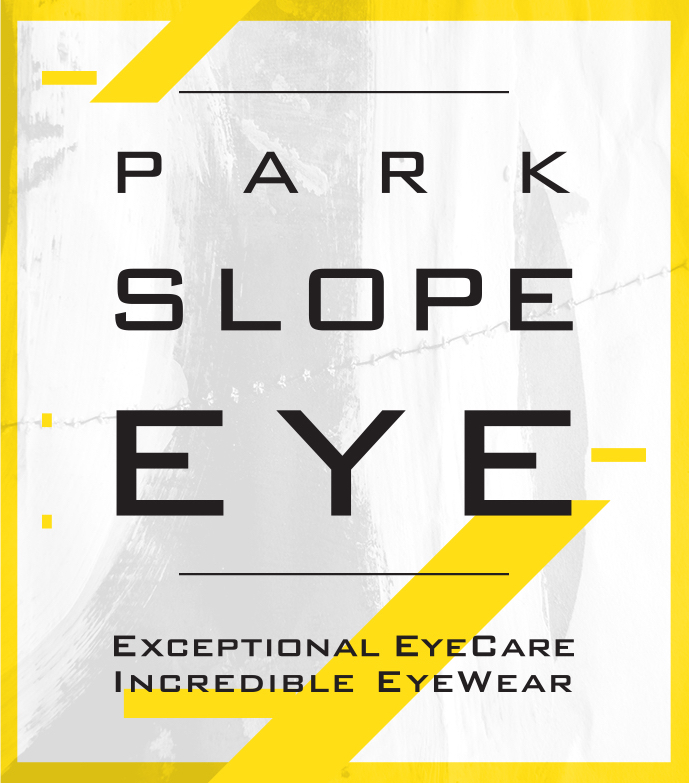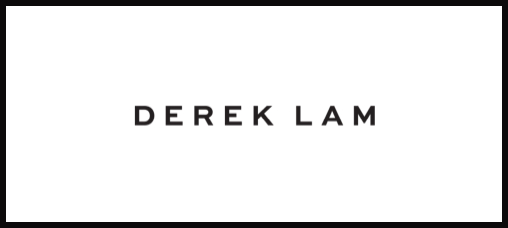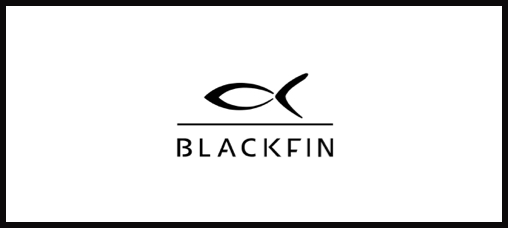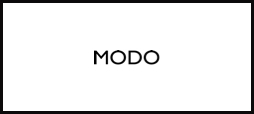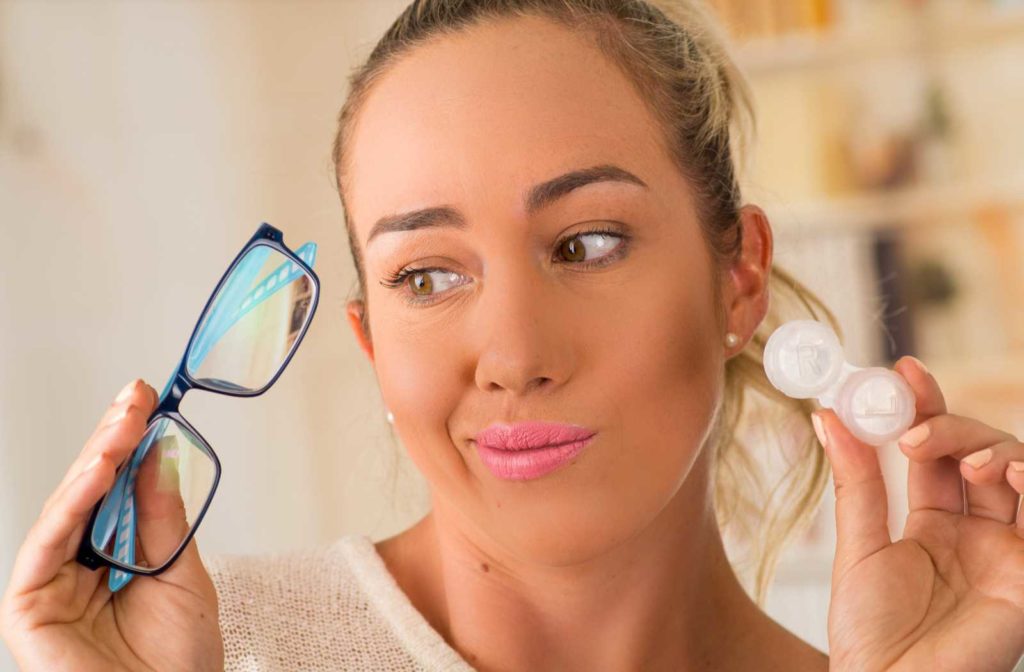
Not being able to see things far away has become more common. Interestingly, this phenomenon coincides with more close-work in daily life, from the classroom, to the office, to our smart devices.
Myopia (also known as nearsightedness) is a well-known refractive error. It causes difficulty seeing things from afar, while your close-range vision remains sharp. We always keep an eye out for irregularities associated with myopia, since the eyes can change as people grow and get older.
Myopia
Myopia is a refractive error commonly called nearsightedness, and it can progressively worsen. The refractive error might owe to the cornea being too steep, the whole eye being too long, or both. Complications arise from having myopia as severe as a -5.00D refractive error (which you might recognize as a prescription) or worse.
The cornea being too steep, while the rest of the eye remains spherical, is not a big problem. It’s when the eye becomes elongated that there might be more at stake.
One key factor contributing to the error is axial length, the length from the front of the cornea to the back of the eye, and the optic nerve. If the eye stretches beyond a spherical shape, it’ll increase axial length. It’s critical to have an eye doctor check this at a regularly scheduled eye exam, beginning from early childhood.
Researchers found that myopia often comes with an abnormal increase in axial length. Average axial length is 22.36mm at 6 years, 23.10mm at 9 years, 23.41mm at 15 years, and 23.67mm at adulthood. If a person exceeds these values at these ages, a myopia diagnosis is likely.
What Qualifies as High Myopia?
Low to moderate myopia usually measures -5.00D or better, but high myopia measures at least -5.00D or worse. In prescriptions, the greater the number is than zero, whether negative or positive, is always a worse refractive error. Beyond -8.00D, the patient is legally blind.
Having THE axial length grow to more than 25mm (or worse than -5.00D), especially with age, is where problems like cataracts, macular degeneration, or glaucoma can appear. High myopia complications are much more common than low myopia complications.
High myopia comes at a rate of 27-33% of the myopic population, and it corresponds to rates of 1.7-2.1% in the overall population. This figure could rise as global myopia rates rise.
Cataracts
Cataracts often develop as part of the natural aging process. That said, they can be more common among people with myopia. It’s a problem where the eye’s lens, located behind the pupil, gets cloudy in appearance.
Many develop cataracts due to regular eye changes that happen, starting around age 40. Healthy proteins in the lens start to break down, and that causes the lens to get cloudy. People over age 60 often show visible clouding of their eyes’ lenses.
Cataracts also seem to correlate with unprotected exposure to UVA and UVB in sunlight. That solar radiation can aggravate the natural breakdown of proteins as we age.
Unfortunately, patients with high myopia can develop cataracts earlier than those with no refractive errors, perhaps with visible cataracts appearing before 60. They’re about 3 times more likely to develop cataracts than those without, and recovery from cataract surgery is worse.
Glaucoma
Glaucoma is associated with optic nerve damage, and usually, the cause of the actual damage is increased pressure in the eye’s aqueous chamber. Sometimes glaucoma can develop with normal pressure, though.
Typically, the aqueous humor (meaning bodily fluid in this context) in the area of the eye between the optic lens and the retina at the back drains through a tissue called the trabecular meshwork, located at the angle where the iris meets the cornea. This humor provides pressure like a car tire.
Some pressure is good, and when the eye gets too pressurized, it relies on drainage to relieve the eye, but if the trabecular meshwork develops blockages, or there’s too much production of aqueous humor — there can be too much pressure.
Several studies have found that glaucoma is found significantly more often in those with myopia, especially high myopia. Sometimes, the eye can stretch out of its spherical shape, resulting in a worse refractive error, so high myopic patients should get checked for the cause of their myopia.
Myopic Macular Degeneration
So what is myopic macular degeneration? Altogether, it means macular degeneration due to myopia. Degeneration is the gradual wearing out of something as the body can’t maintain the healthy regeneration of some part over time.
Myopia is nearsightedness. As the eye elongates, beyond 24mm axial length in adults, the degeneration can occur.
Macular means ‘having to do with the macula, the part of the retina that detects images so they can be sent from the retina to the brain through the optic nerve. This specific part area of the retina overall is dedicated to detailed vision, meaning it has a lot of light and colour receptors.
Some studies demonstrate that retinal degeneration is present in 11.4% of highly myopic eyes. Because of the refractive error, light and images overshoot the macula, so the macula’s cells become weak with disuse, also known as atrophy. Over time, areas experiencing atrophy can join together and result in geographic atrophy (GA).
Sometimes, new veins start fanning out under the retina, forming areas called choroidal neovascular membrane (CNV). CNV can cause cracks in the back of the eye, called lacquer cracks, along with the hemorrhaging of these new veins.
CNV and GA seem to go hand in hand, as 90% of patients with CNV formations had nearby GA. Unfortunately, there’s no known treatment for macular degeneration due to geographic atrophy, so early detection is vital to saving your vision. If you have high myopia, you must see an eye doctor often enough for them to look for degenerative signs.
Managing Myopia With Ortho-K
High myopia presents a much higher risk of developing conditions that can lead to blindness, so it’s imperative to consider what can be done. Simply correcting the vision problem with lenses doesn’t help a glaucoma suspect get prevention of the disease. If you’re dealing with high myopia, you should ask your eye doctor about myopia management.
Benefits of Myopia Control Through Ortho-K
Myopia management is an eye disease management method that doesn’t cure myopia. Instead, it allows the patient to experience a reduction in symptoms. One major course of myopia management is orthokeratology: ortho-k for short.
Orthokeratology has been shown to slow myopia progression by slightly less than 50% in most studies. It can help a high myopia patient by slowing axial length growth, a vital feature of the progression of myopia leading to macular degeneration and glaucoma.
Unfortunately, you may find mixed results in the reduction in axial length growth with single-vision gas permeable contact lenses, single vision soft contact lenses, and single-vision spectacles. Reshaping the cornea, a fundamental result in ortho-k can sometimes prevent low myopia from advancing to high myopia early on.
Ask Your Eye Doctor About Ortho-K
While ortho-k might not be for everyone, our eye care professionals can qualify and match highly myopic patients with an ortho-k course that’s right for them. It’s a conversation to be had with a responsible eye doctor.
Ortho-k is not without its own risks. But with diligent lens care, a patient can potentially avoid the diagnosis of sight-threatening effects of macular degeneration and glaucoma.
Having regular eye exams and managing myopia early on can help lower your risk of developing these conditions. Come see us and learn about our myopia control options. We serve Brooklyn and nearby areas.



